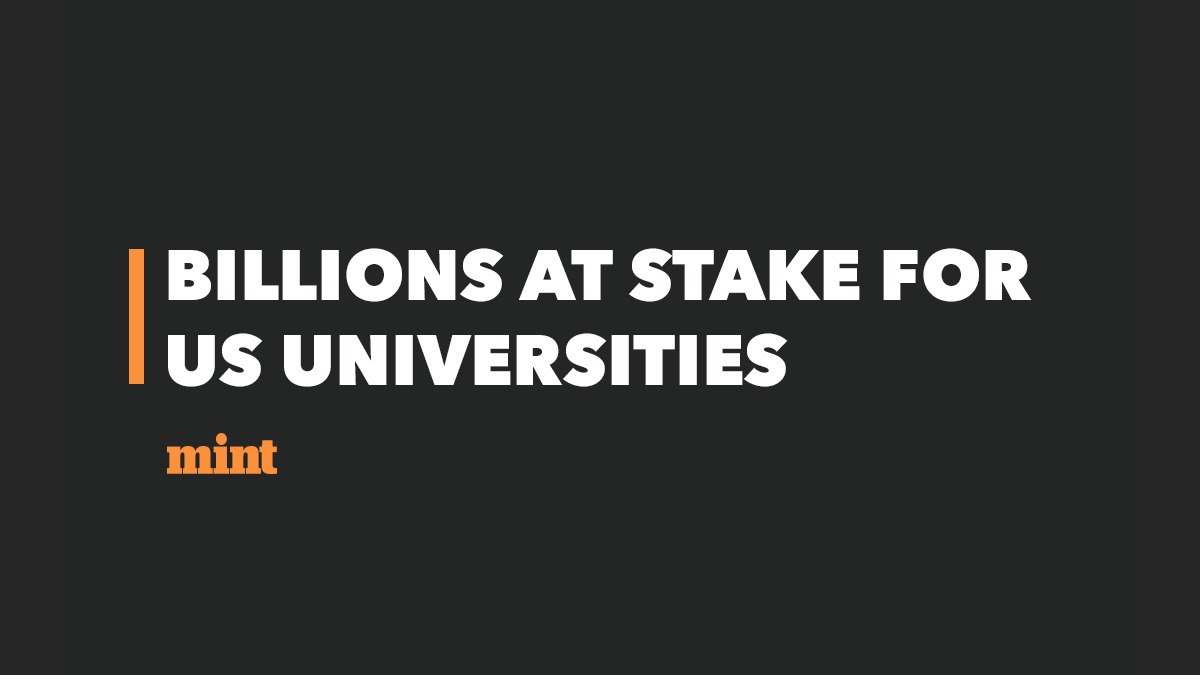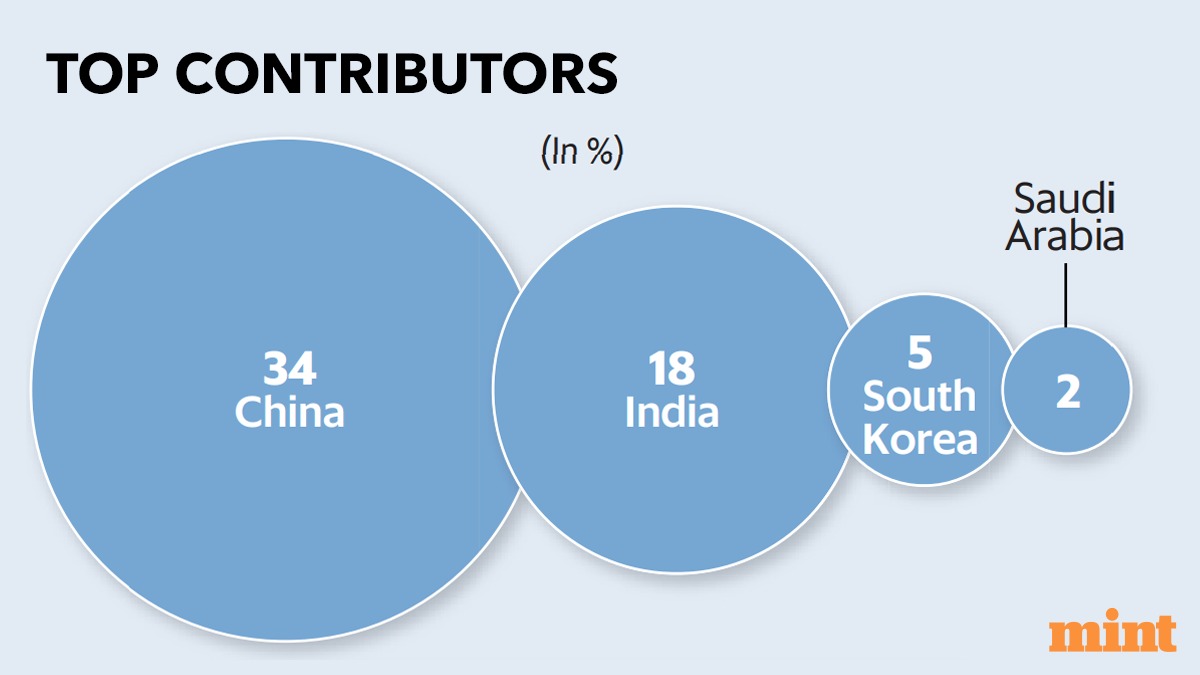
Poorer respondents experienced a bigger drop in incomes during the pandemic, and are less hopeful about the future compared to their richer counterparts, the latest round of the Yougov-Mint-CPR Millennial Survey shows
@KwatraNikita
@TauseefShahidi
livemint.com/industry/human…
@KwatraNikita
@TauseefShahidi
livemint.com/industry/human…

@KwatraNikita @TauseefShahidi Even when jobs remained intact, incomes plunged. But it was the older cohorts who suffered bigger losses. A significant number of pre-millennials (55%) reported a loss in their income, largely due to salary cuts or declines in business profits
Read more -
bit.ly/3h5fKip

Read more -
bit.ly/3h5fKip


While the economy has improved since then, the recovery has been uneven. 37% of respondents said that most people they knew had seen a recovery in incomes since the lockdown.
#MintPlainFacts by @KwatraNikita, @TauseefShahidi
Read here - livemint.com/industry/human…
#MintPlainFacts by @KwatraNikita, @TauseefShahidi
Read here - livemint.com/industry/human…

A vast majority among the older cohorts remain overwhelmingly pessimistic about job prospects. Among millennial respondents, two-thirds said it was difficult to find a job these days. Among pre-millennials, three-fourths said the same.
livemint.com/industry/human…
livemint.com/industry/human…

The urban poor faced the brunt of job losses during the pandemic and saw their incomes plunge the most. Those without a professional degree fared the worst. Among those who earn less than ₹20,000 a month, 11% of those without a professional university degree reported losing jobs 

#MintPlainFacts | A majority of respondents believe that their incomes will increase a year from now but those in lower income groups are less optimistic than the rest.
(report by @KwatraNikita, @TauseefShahidi)
livemint.com/industry/human…
(report by @KwatraNikita, @TauseefShahidi)
livemint.com/industry/human…

#MintPlainFacts | A daily deep-dive that helps us see beyond the headline numbers.
Subscribe here: accounts.hindustantimes.com/lm/userplan?ut…
Subscribe here: accounts.hindustantimes.com/lm/userplan?ut…
• • •
Missing some Tweet in this thread? You can try to
force a refresh
















